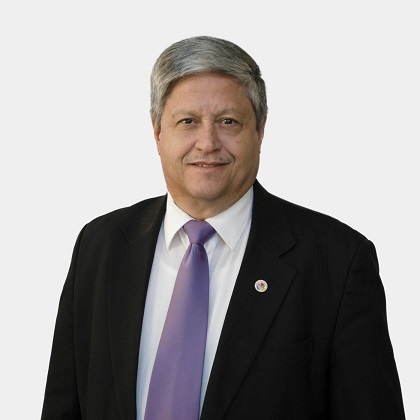by Barry Bredenkamp, SANEDI
Since Eskom cannot meet the country’s demand for electricity, load shedding is likely to be with us for the rest of the year, at least. However, there are steps which every electricity user can and should take to decrease demand for electricity and thereby reduce the risk of load shedding.

In an electricity system, generating capacity and load must be balanced. If the load (i.e., the demand for electricity) becomes too high, generating equipment becomes overloaded and could break down. Load shedding prevents the overloading of equipment by removing, or shedding, some of the load.
Nonetheless, load shedding causes many problems. Businesses lose production time and materials get spoilt when the machines stop in the middle of a run; and people who rely on essential medical equipment such as oxygen machines are put at serious risk when the power goes off. An important additional factor is the critical need to maintain the cold-chain in the storage and distribution of Covid-19 vaccines, which require a stable energy supply!
It is therefore imperative for everyone to play their part in lowering the amount of electricity they use. If we use less electricity, Eskom could potentially reduce load shedding incidents.
Commerce and industry consume vast amounts of electricity. Although many businesses have taken steps to reduce their energy demand, their buildings are often not as efficient as they could be. A Government Gazette, published on 8 December 2020, makes Energy Performance Certificates mandatory for large business and government buildings. These certificates will be issued, following a professional energy efficiency assessment and will help businesses to understand the true status of their buildings from an energy-efficiency perspective, so that the necessary changes can be made to improve their ratings.
Every electricity user can help to decrease the load on Eskom’s power stations. Simply switch off equipment and lights which are not needed. Don’t leave printers, TVs, etc., on unless you’re using them. Switch lights off when exiting a room; open windows to cool a room rather than switching an air conditioner or fan on. Make sure that windows and doors seal properly to keep the heat in during winter so that heaters can be more effective. Don’t heat or cool rooms which are unoccupied.
Besides these behavioural changes, there are also some technical interventions which could be implemented. These include adding insulation in the roof, replacing an electric water heater with a solar water heater, or at least installing a timer on the electric geyser. Significant savings can also be achieved by replacing old incandescent, and compact fluorescent lightbulbs with LED light bulbs.
Eskom’s tariffs are about to increase dramatically, making electricity even more expensive. Therefore, lowering our demand for power will not only save electricity, but money too.
In my view we are faced with a choice: either we reduce our demand for electricity or learn to live with load shedding.




